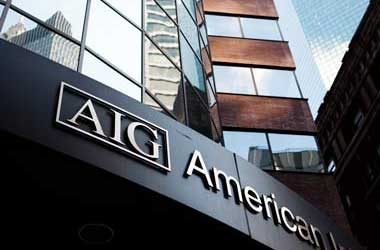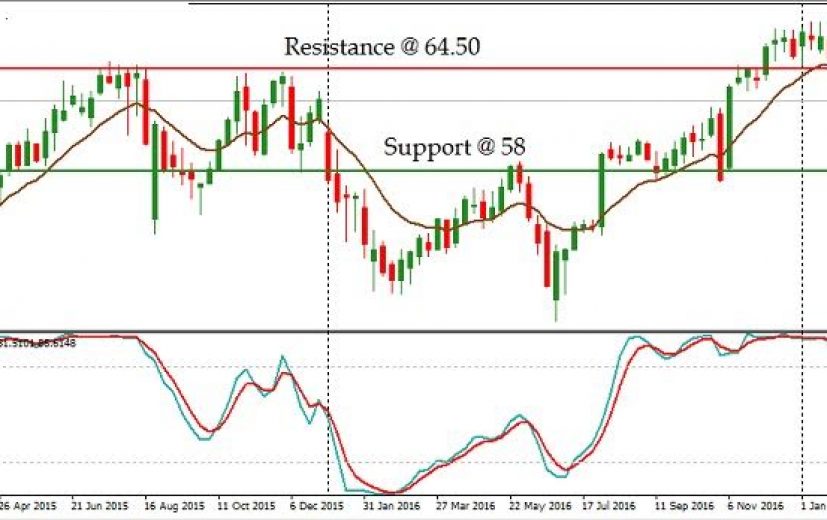 Hit by a multi-billion charge, the global insurance company American International Group Inc. (NYSE: AIG) posted a fiscal 2016 fourth-quarter loss that widened from the prior year’s similar quarter. The company also missed analysts’ estimates by a wide margin. The market punished AIG by sending its stock to $62.49, from the recent high of $66.86. Due to the reasons given below, we anticipate the downtrend to continue in the days to come.
Hit by a multi-billion charge, the global insurance company American International Group Inc. (NYSE: AIG) posted a fiscal 2016 fourth-quarter loss that widened from the prior year’s similar quarter. The company also missed analysts’ estimates by a wide margin. The market punished AIG by sending its stock to $62.49, from the recent high of $66.86. Due to the reasons given below, we anticipate the downtrend to continue in the days to come.
The New York-based company’s fourth-quarter net loss widened to $3.04 billion or $2.96 per share, from $1.84 billion or $1.50 per share in the corresponding quarter last year. With this loss, the company gets a dubious distinction of reporting four losses in the past six quarters.
Excluding items, Q4-2016 operating loss widened to $2.79 billion, from $1.32 billion in Q4-2015. On a per share basis, the fourth-quarter operating loss was $2.72, compared with a net loss of $1.07 per share in last year’s corresponding quarter. Analysts had expected AIG to report fourth-quarter operating profit of $0.42 per share.
Fox News
The main reason for the loss was the reserve charge taken for risks associated with long-term US commercial insurance policies written by the firm long-back. In this regard, it can be noted that AIG had entered into an agreement with a subsidiary of Warren Buffett's Berkshire Hathaway Inc to pass on most of the future losses, if any, to the latter. AIG is currently implementing a two year strategic plan, revealed last year, to turn around the company. The billionaire investor Carl Icahn had repeatedly called the company to be split into three, following the poor performance last year. Considering the severe operational difficulties faced by AIG, investment research firm S&P Global ratings had downgraded it on January 31st . On the basis of the details provided above, we forecast the stock to remain bearish.
The poor results paved way for the stock to break the major support level of 64.50. Furthermore, the stock opened with a huge negative gap, after the results were announced. The stock has also fallen below the 12-day moving average of 64.40. The stochastic oscillator is descending. These technicalities underline the prevailing bearishness in the stock. So, we can anticipate the stock to drift downwards and test the next major support at 58.
A trade setup in line with the forecast can be created by investing in a put option. Other things to take care while setting up the trade are contract expiry period of seven days and spot price of at least $62 for the underlying asset in the broker’s platform.





